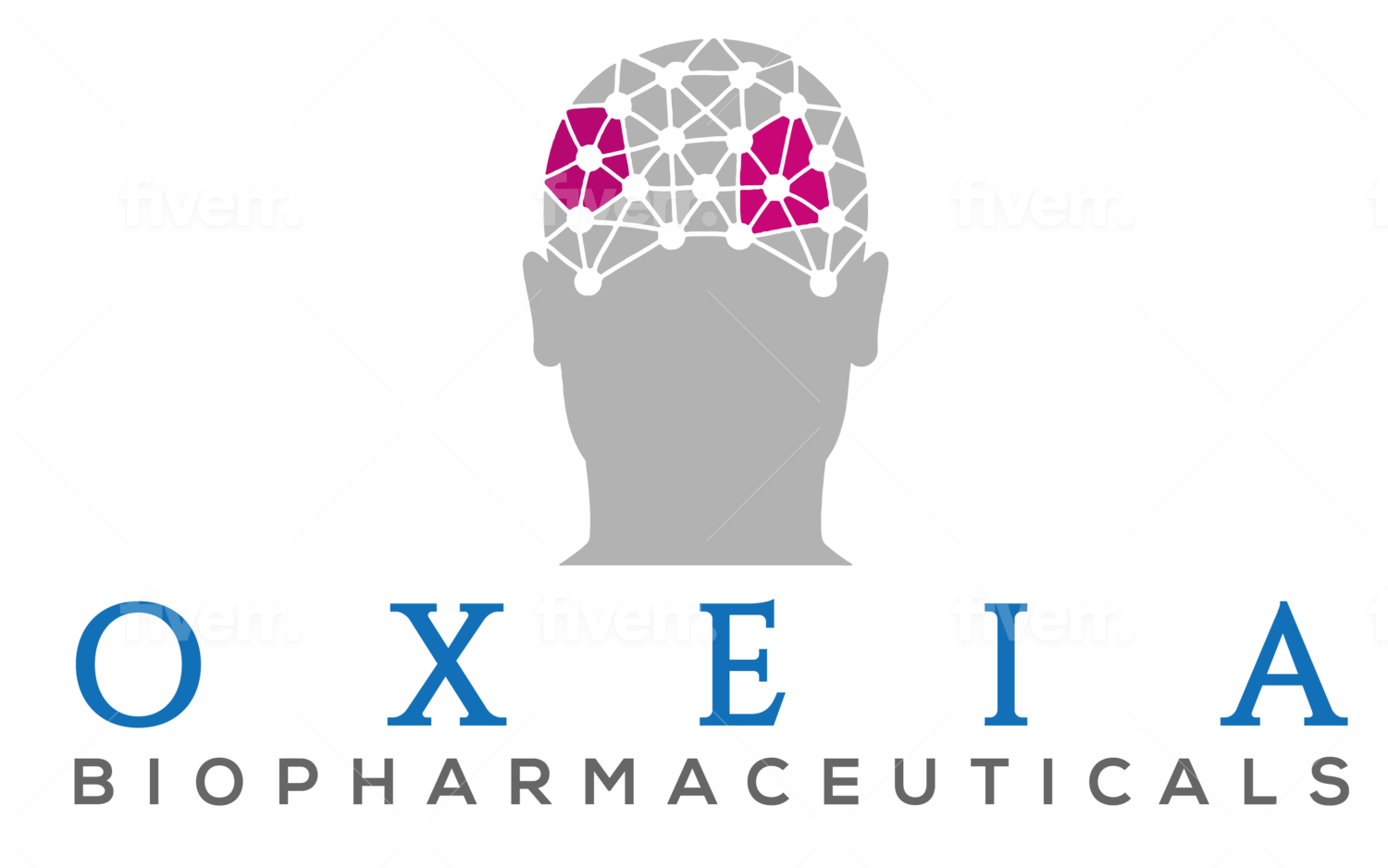It’s March Madness Time: What’s the Concussion Risk in Basketball?
The effect of concussions on pro athletes has been investigated in many sports over the past couple of decades. The concussion incident rate in pro football was recognized as a true health risk around the turn of the millennium and concern has been mounting as we learn about the potential long-term and often debilitating effects of concussions impacting players.
Other sports, like hockey and soccer, are also reckoning that concussions are threatening the health and well-being of their players. What about basketball?
The media haven’t covered concussions in basketball to the same extent as football. Similarly, few sports concussion studies have included the game of hoops. But just because basketball concussions aren’t being studied or covered extensively, doesn’t mean they aren’t happening. In response to concussions in basketball, both the NBA and the NCAA have implemented protocols guiding return to play after concussions.
University of Connecticut women’s basketball star Caroline Ducharme is a case in point. As March Madness fever hit, Ducharme’s ability to play was in doubt. She has a history of getting concussions and was sidelined and in concussion protocol while coping with concussion symptoms – migraines, neck pain and sensitivity to light and noise. UConn Huskies women’s basketball fans worried about her missing 13 games this winter, and even after it was announced that she would play in March Madness, many wondered about her ability to compete in the season’s grand finale.
A study published in The Orthopedic Journal of Sports Medicine in 2019 noted that there is concussion risk in basketball. They reported that 189 concussions were reported to the NBA from 1999 to 2018. Concussion incidence in NBA players is approximately 17 instances per season.
Maybe the concussion numbers in pro basketball don’t rival the numbers in the NFL, but that doesn’t mean players should worry less. Concussions in school basketball are especially high.
Basketball is the most popular sport for youth ages 8 to 19. Basketball is second to football in school sports concussions. Body-to-body contact such as setting hard screens and taking charges, hard falls and whiplash injuries are serious concerns. Neural Effects analyzed data for 2018-2019 from the National High School Sports-Related Injury Surveillance Study. According to the study girl high school basketball players have higher rates of concussions than boys. Boys had a total of over than 9,000 concussions while girls experienced more than 17,000 concussions.
Basketball concussions don’t tend to have the drama of football concussion injuries, but they are a concern and parents and coaches need to recognize a possible concussion and take appropriate action. The Center for Disease Control’s “Heads Up Concussion in Sports Guide for Coaches” is a good place to educate both coaches and parents about concussions..
